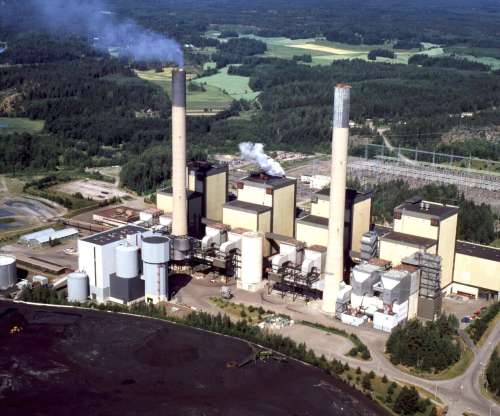Tesla Giga Berlin uses half as much water as asparagus farm
Teslarati
MARCH 11, 2024
Tesla Giga Berlin’s water consumption has been a massive trigger for the facility’s most ardent critics. As per a report from German news outlet BZ , Giga Berlin has been accused of using too much water and discharging dirty wastewater into the community’s sewage system. million cubic meters of water. cubic meters.




















Let's personalize your content